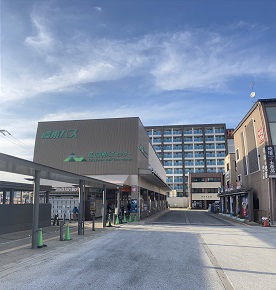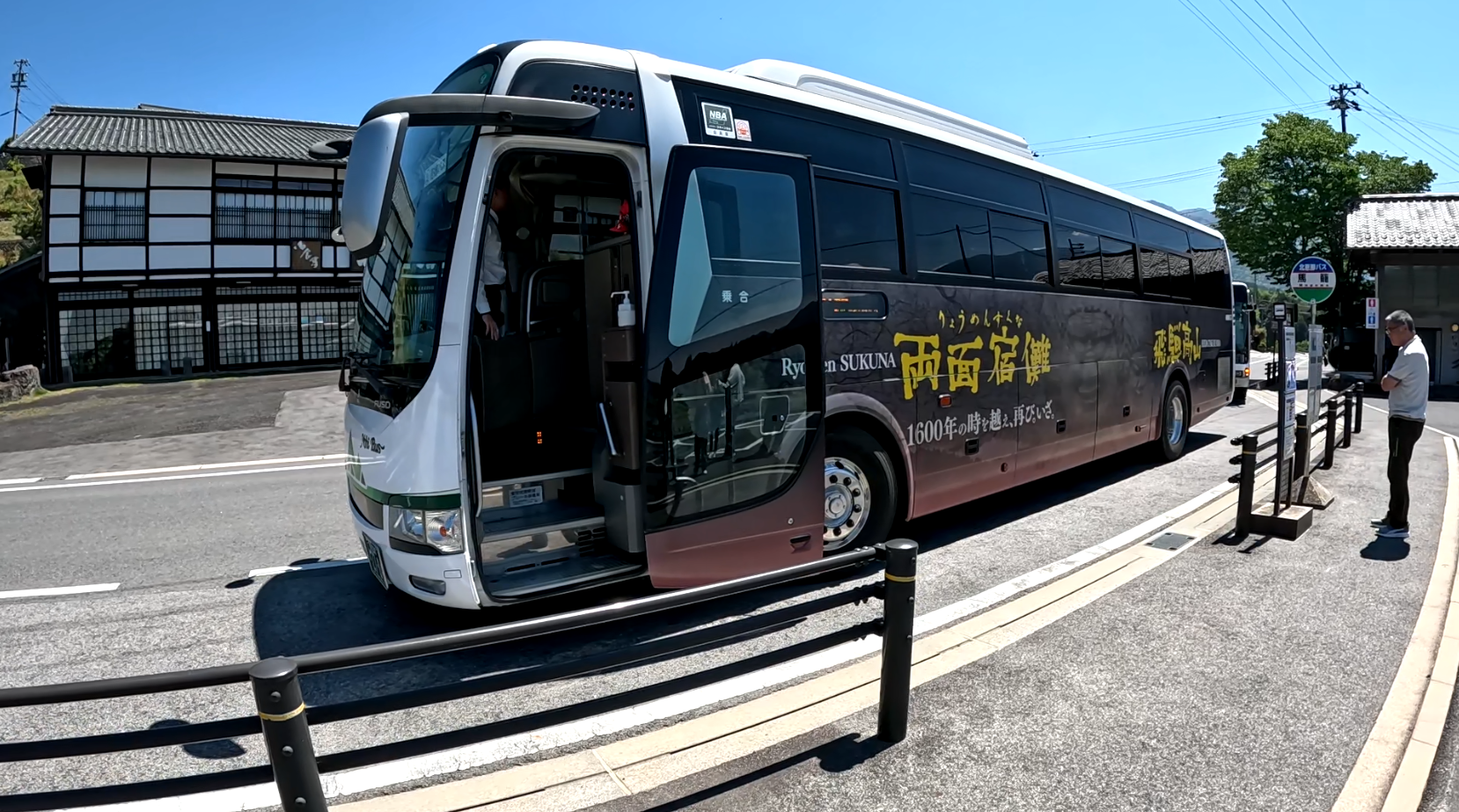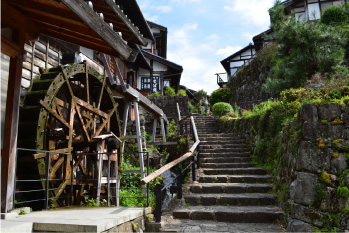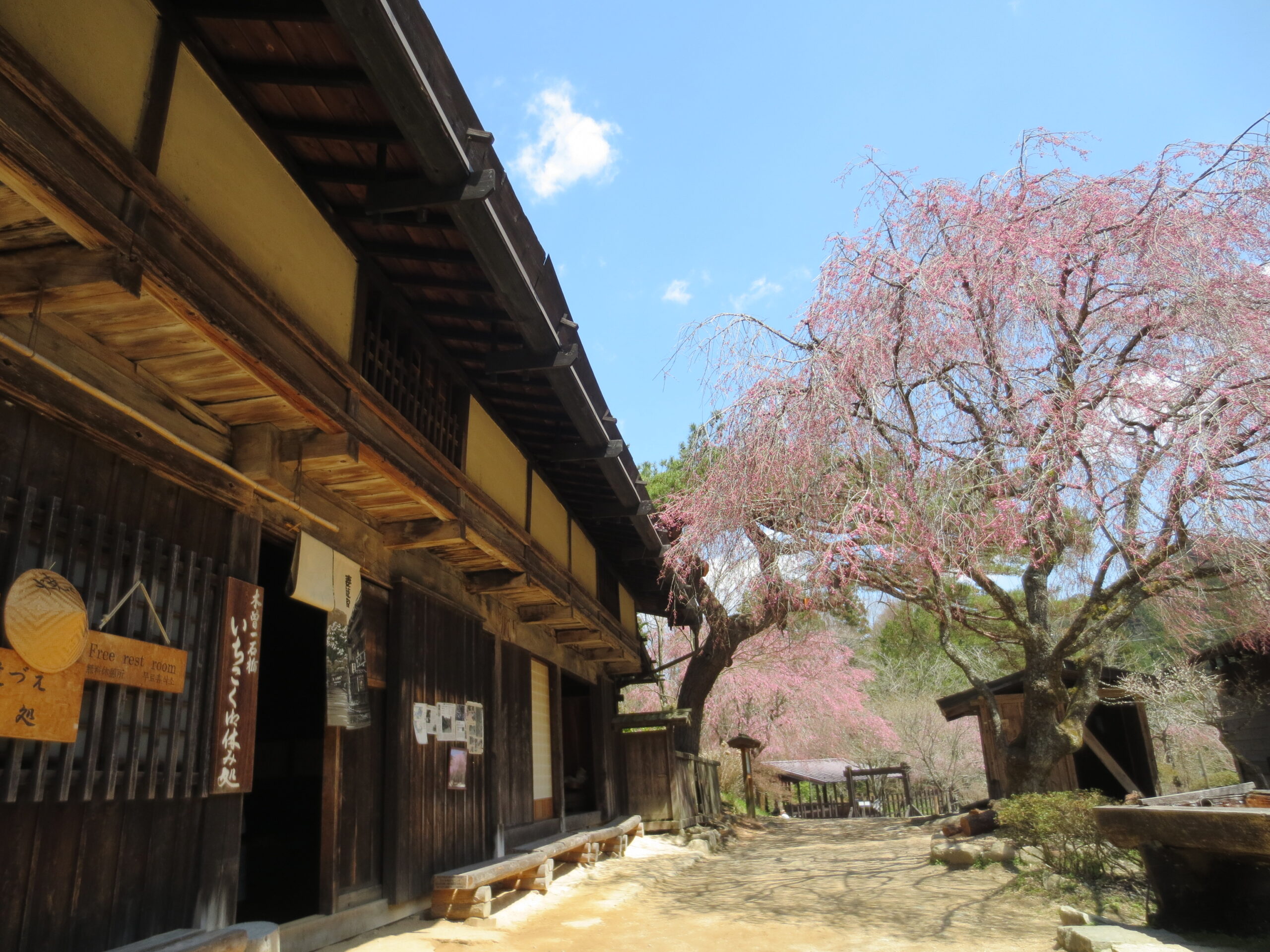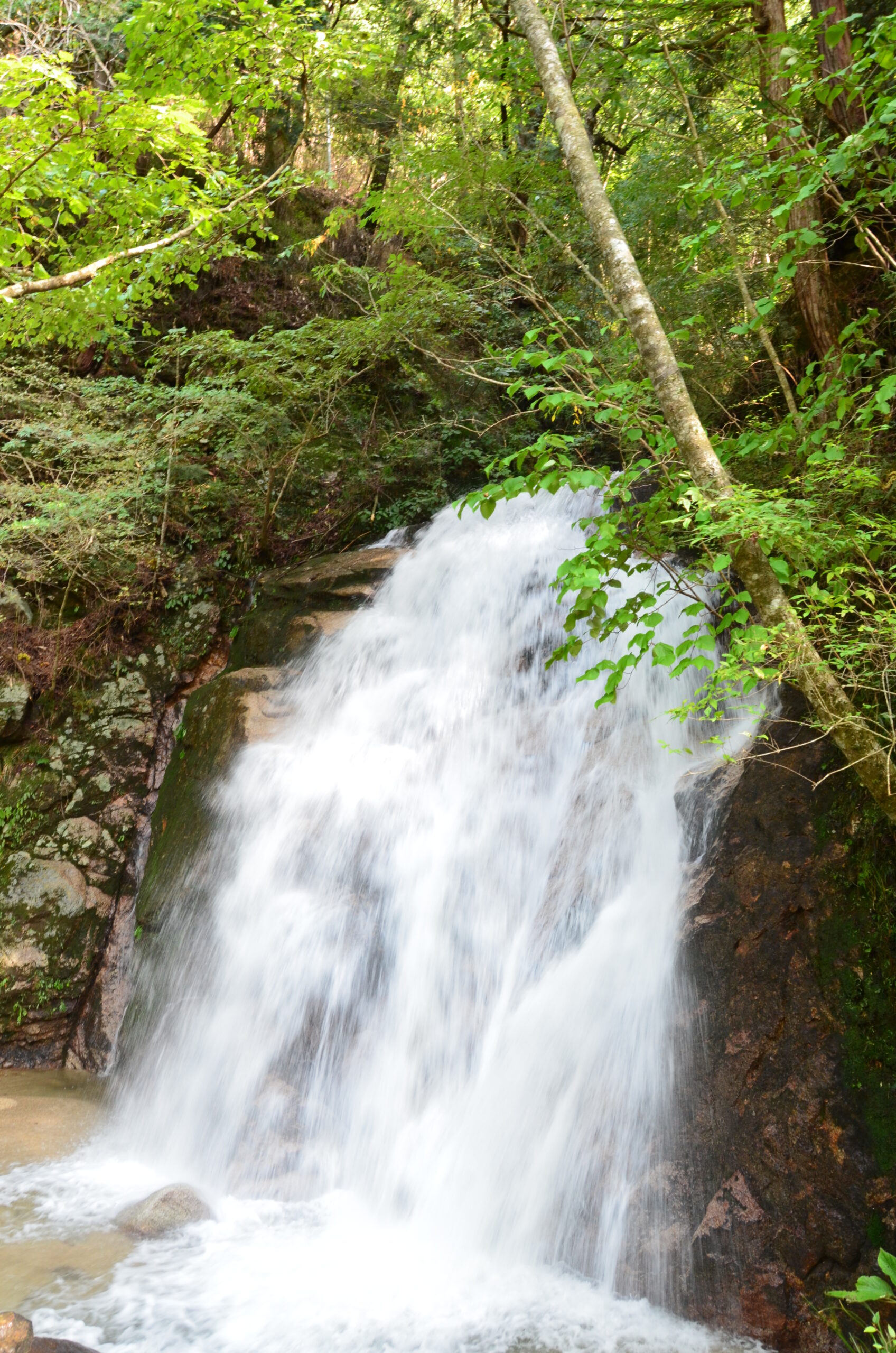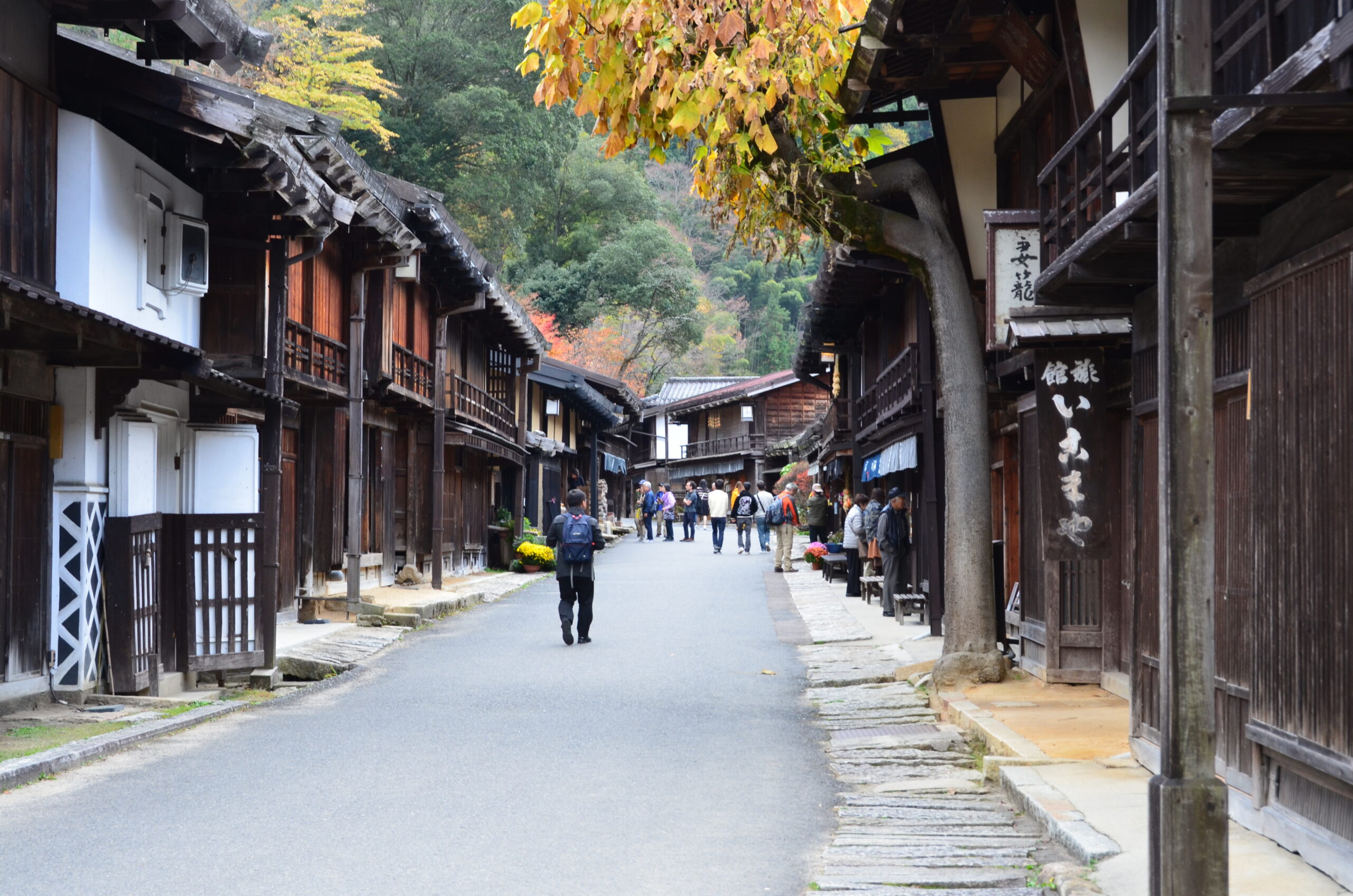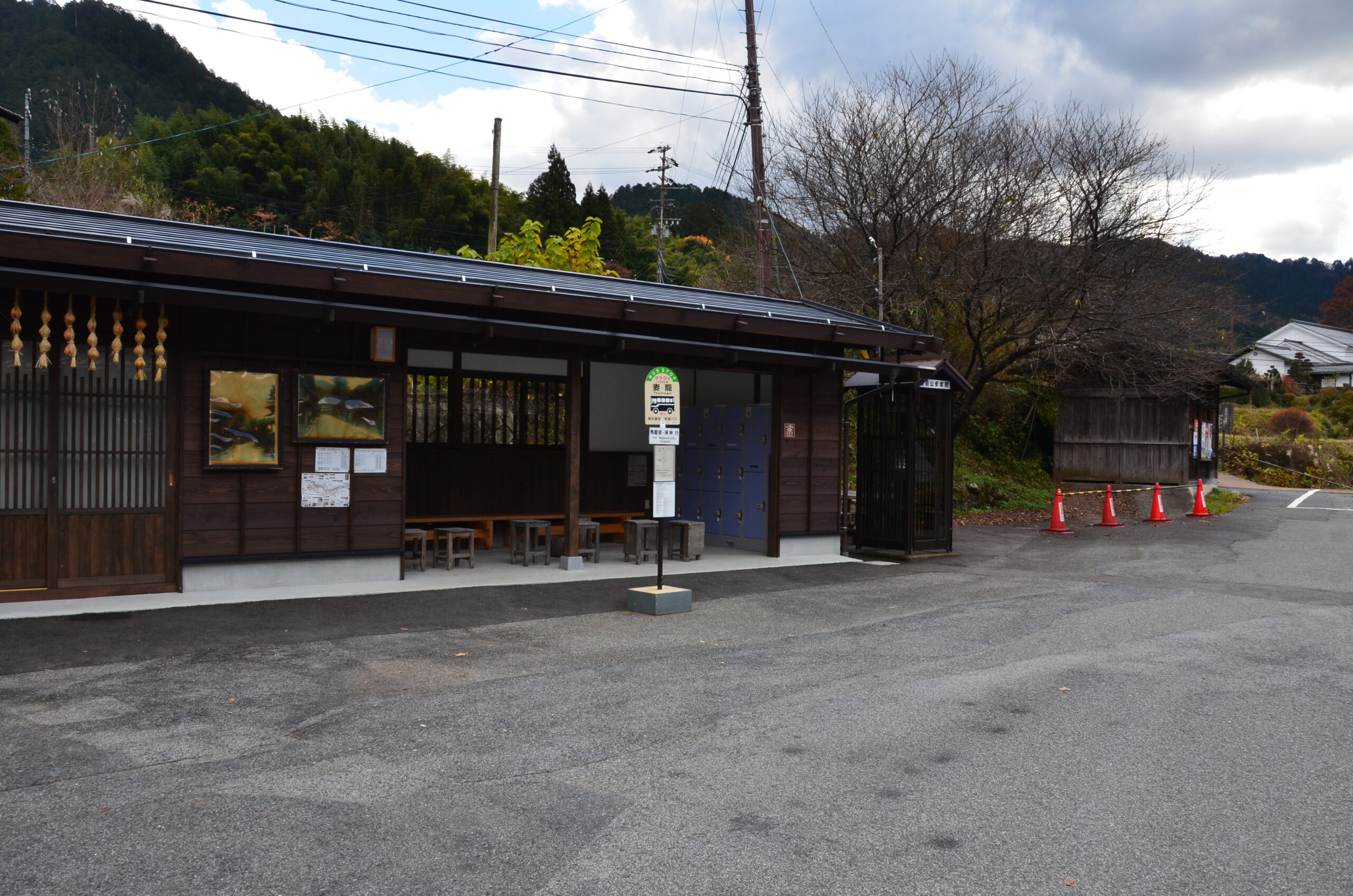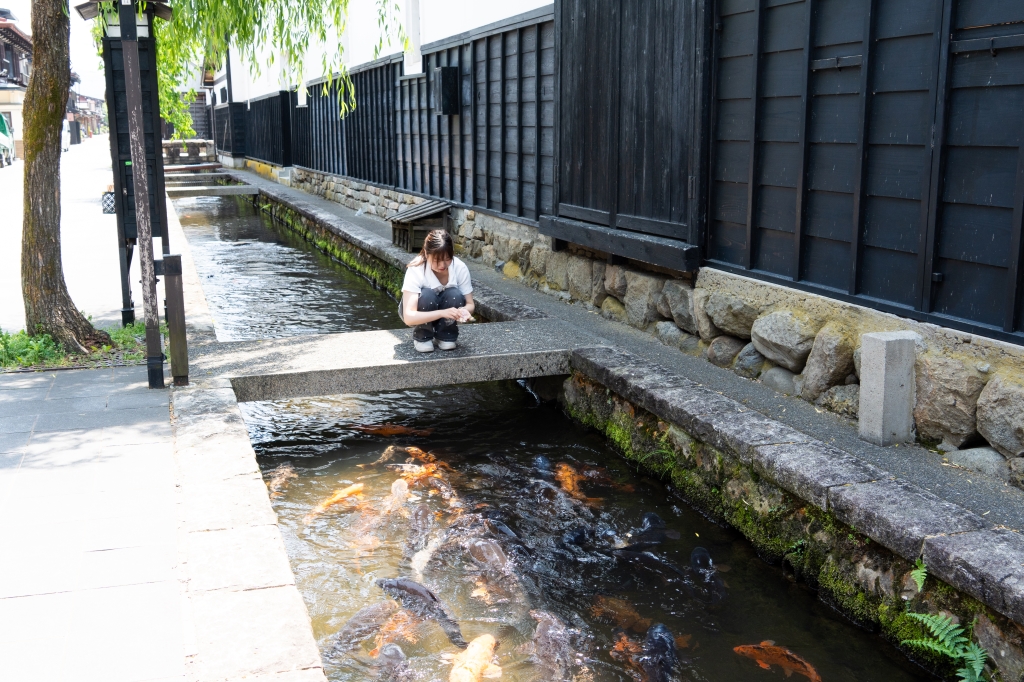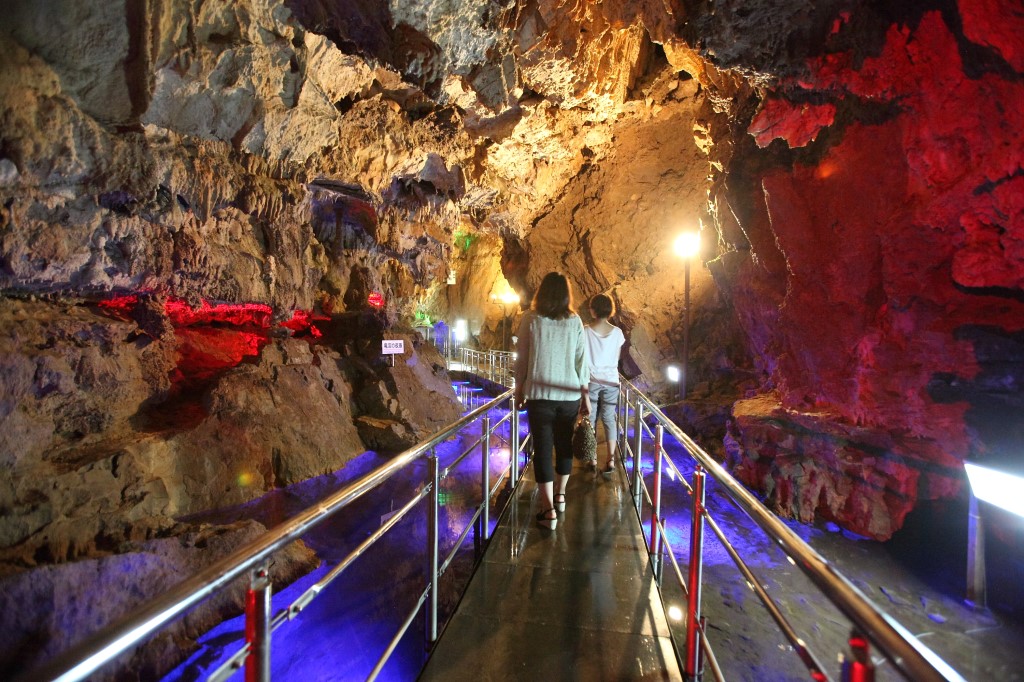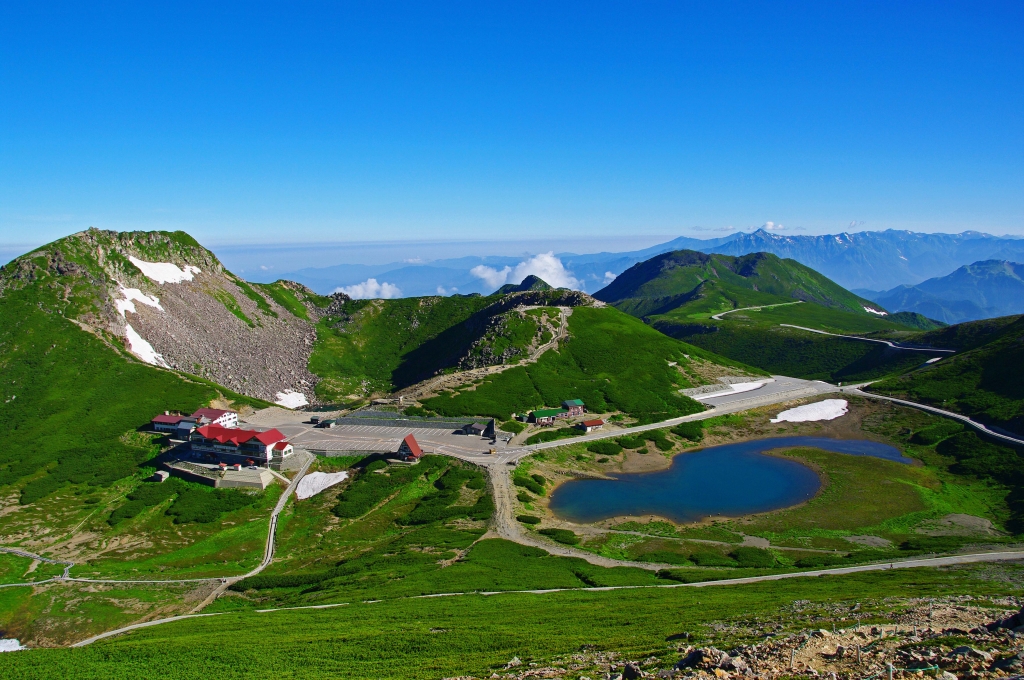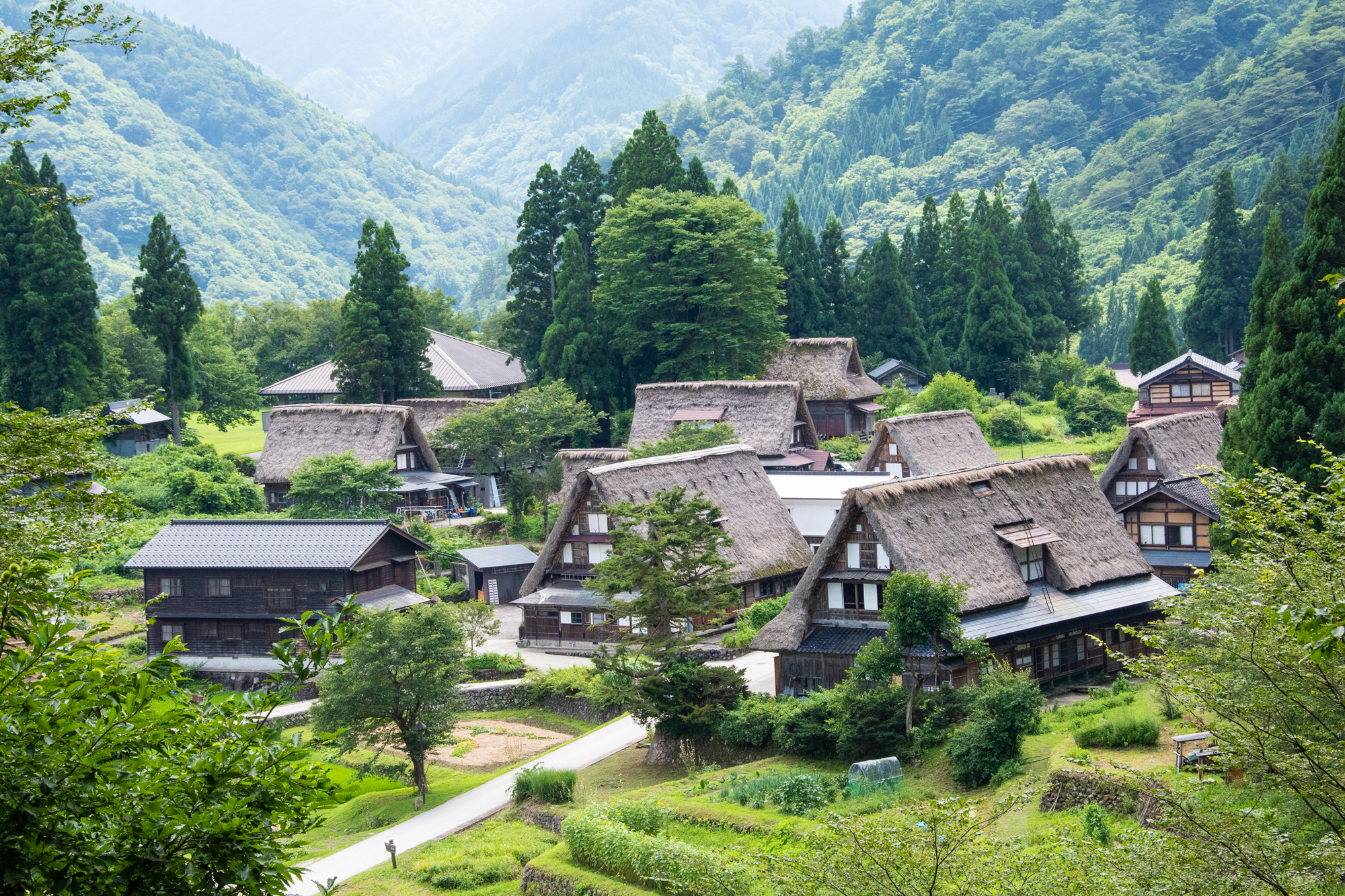![]()
毎日出発
Take the Limited Express Bus to Magome and Tsumago and enjoy a hike along the "Samurai road" (Nakasendo Trail)
We'll introduce you to some recommended spots along the hiking course.
We'll introduce you to some recommended spots along the hiking course.
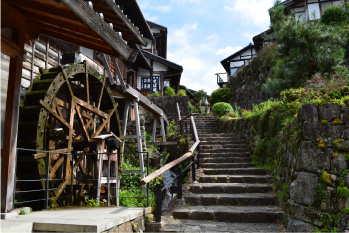
- Tour available:
- Every day between Apr.1st to May 31st and Jul.19th to Aug.24th 2025
- Minimum participants required:
- 1person
- Departure time:
- 8:00
- (Takayama Bus Terminal)
- Arrival time:
- 18:00
- (Takayama Bus Terminal)
- Meal:
- なし
-
- Bus guide:
- Not accompanied
- Tour guide:
- Not accompanied
- This tour fee includes:
- Bus fare
- Takayama/Gero ~ Magome/Tsumago ”Samurai road” walking
-
- Adult9,000yen
- Child(6~12)4,500yen

